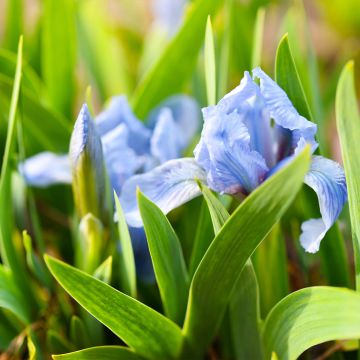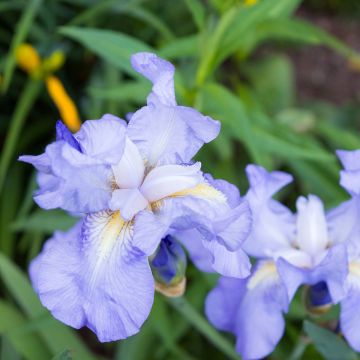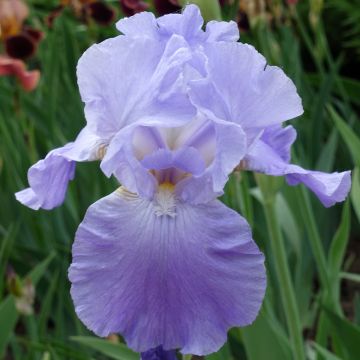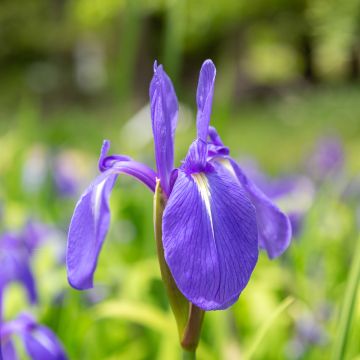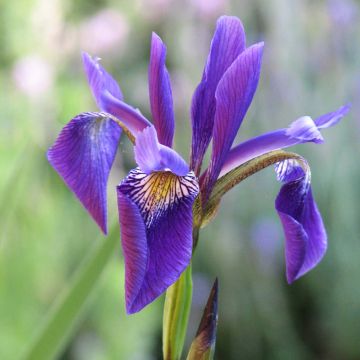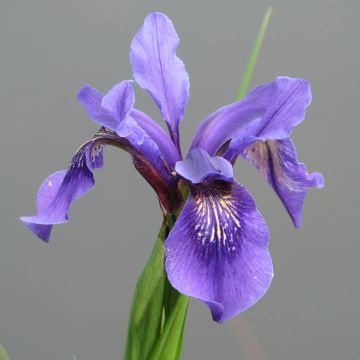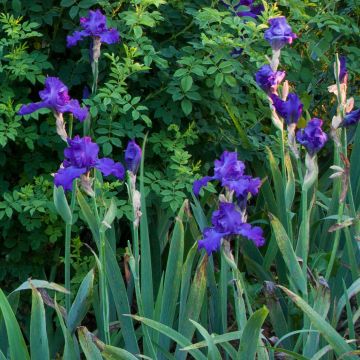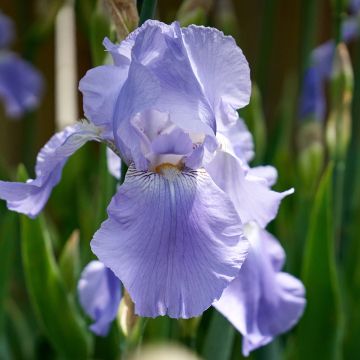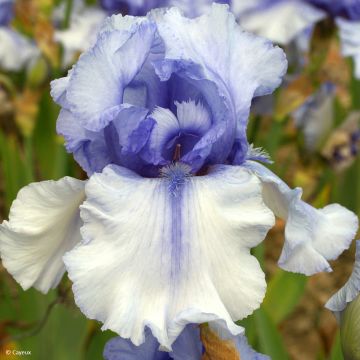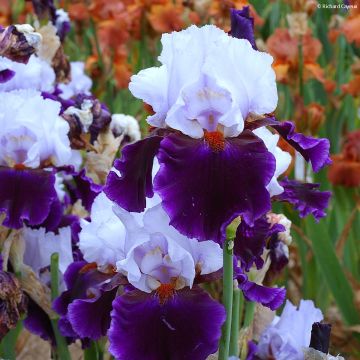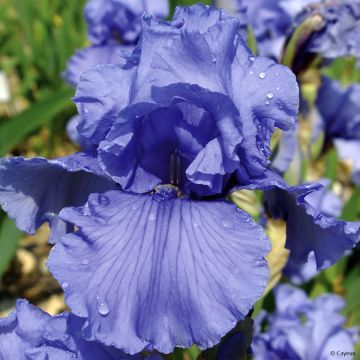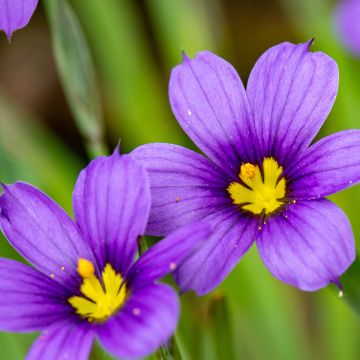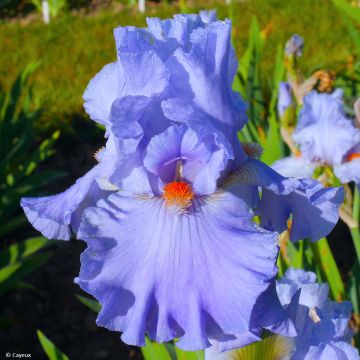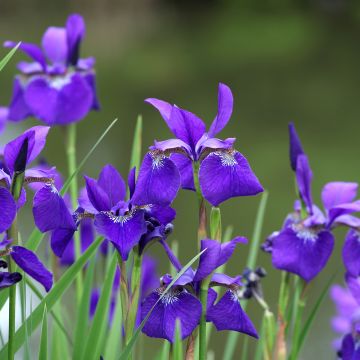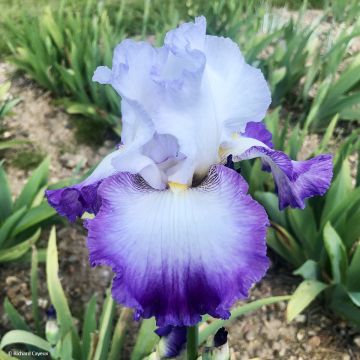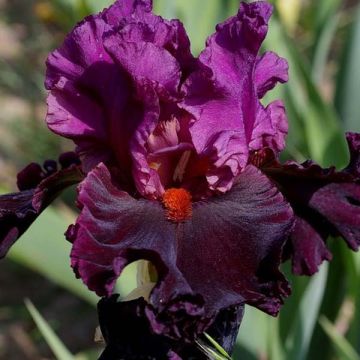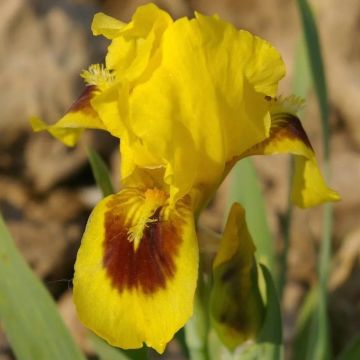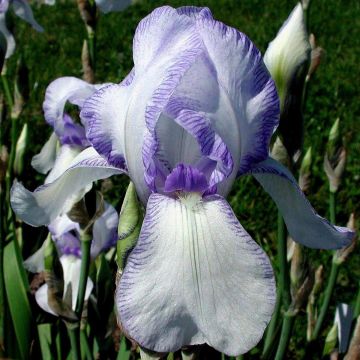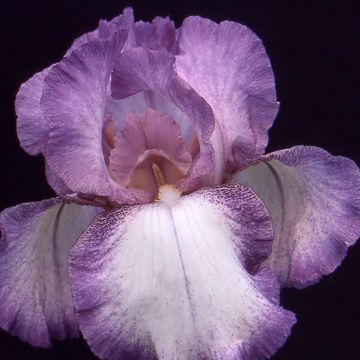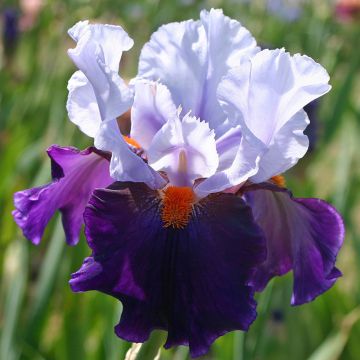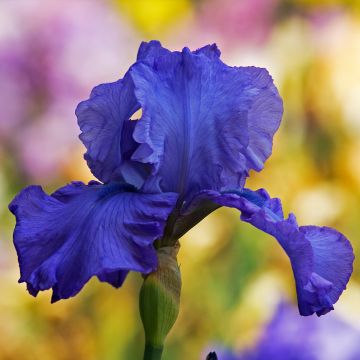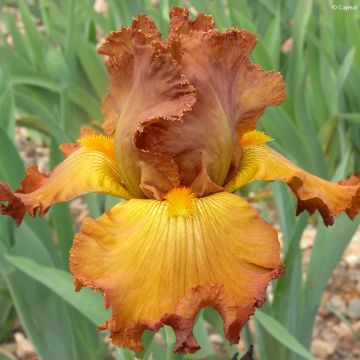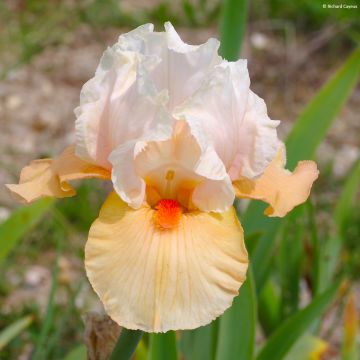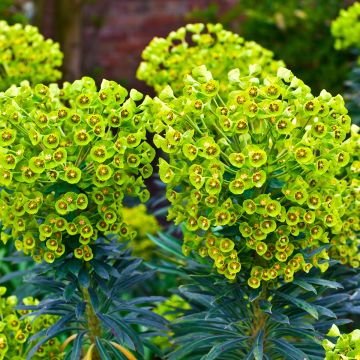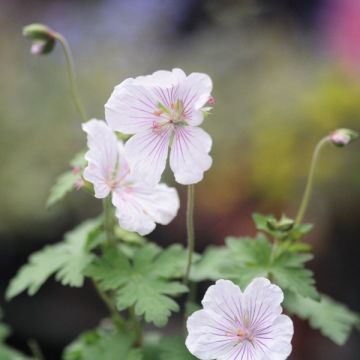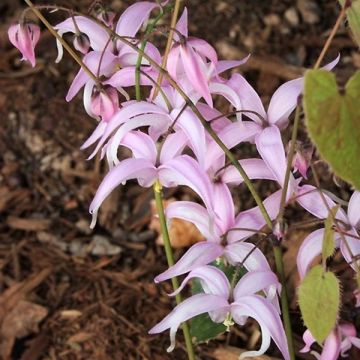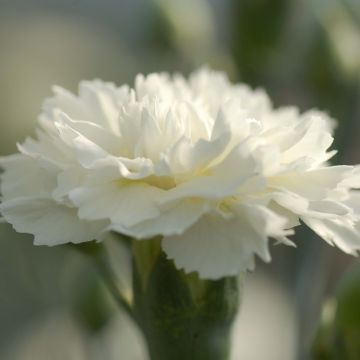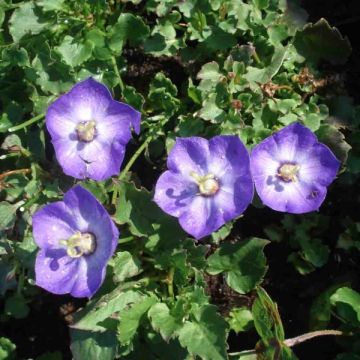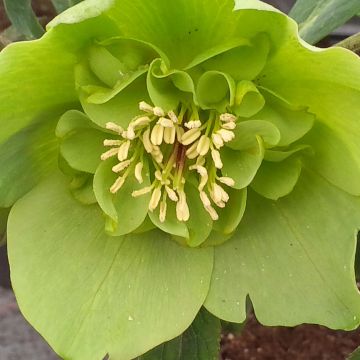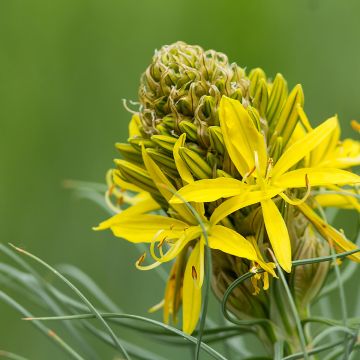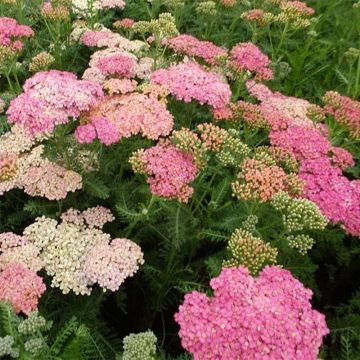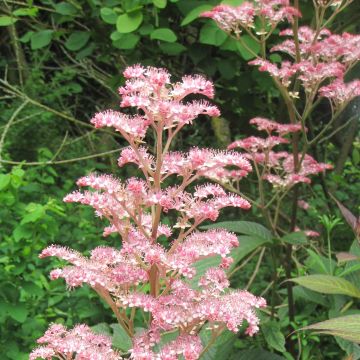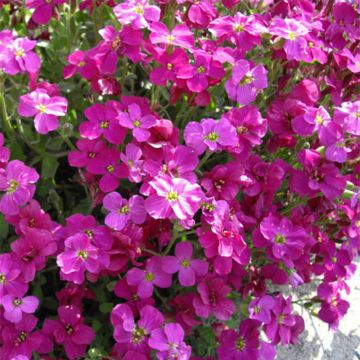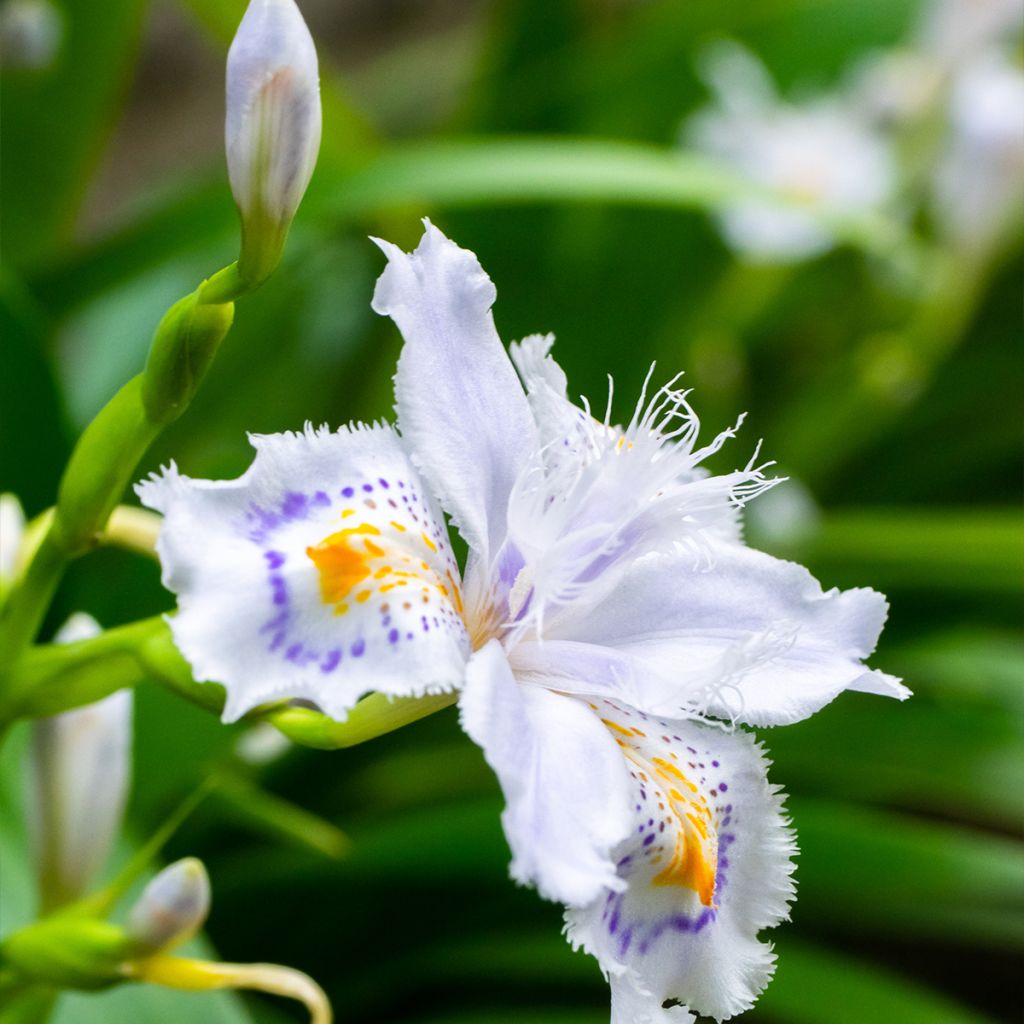

Iris japonica
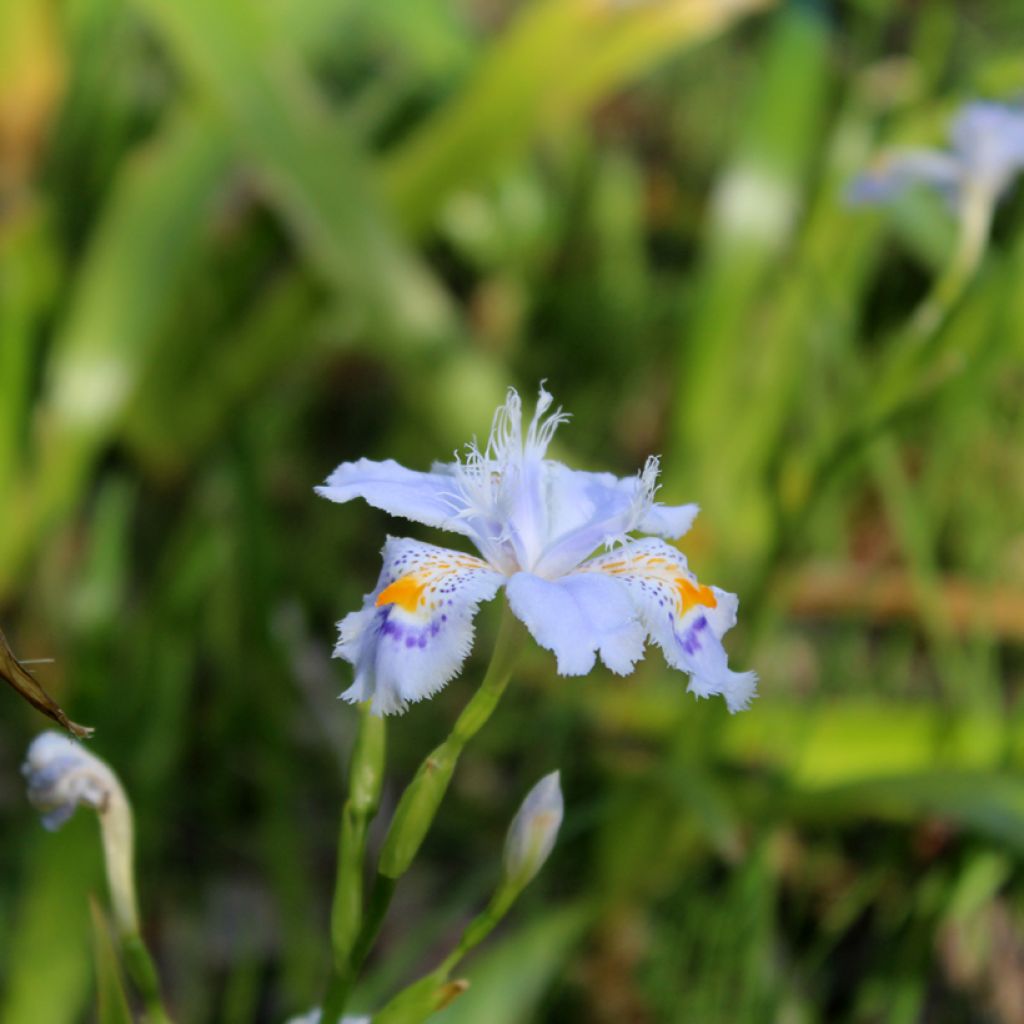

Iris japonica
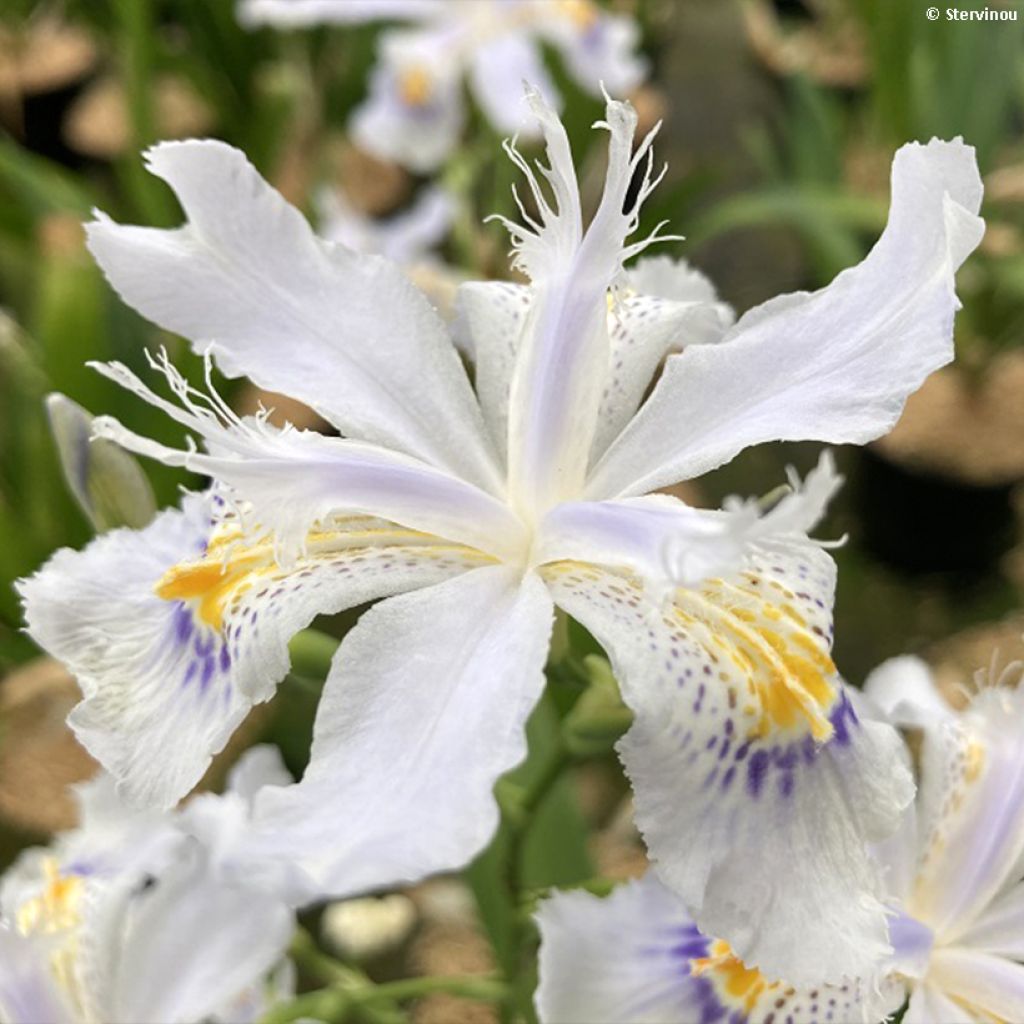

Iris japonica
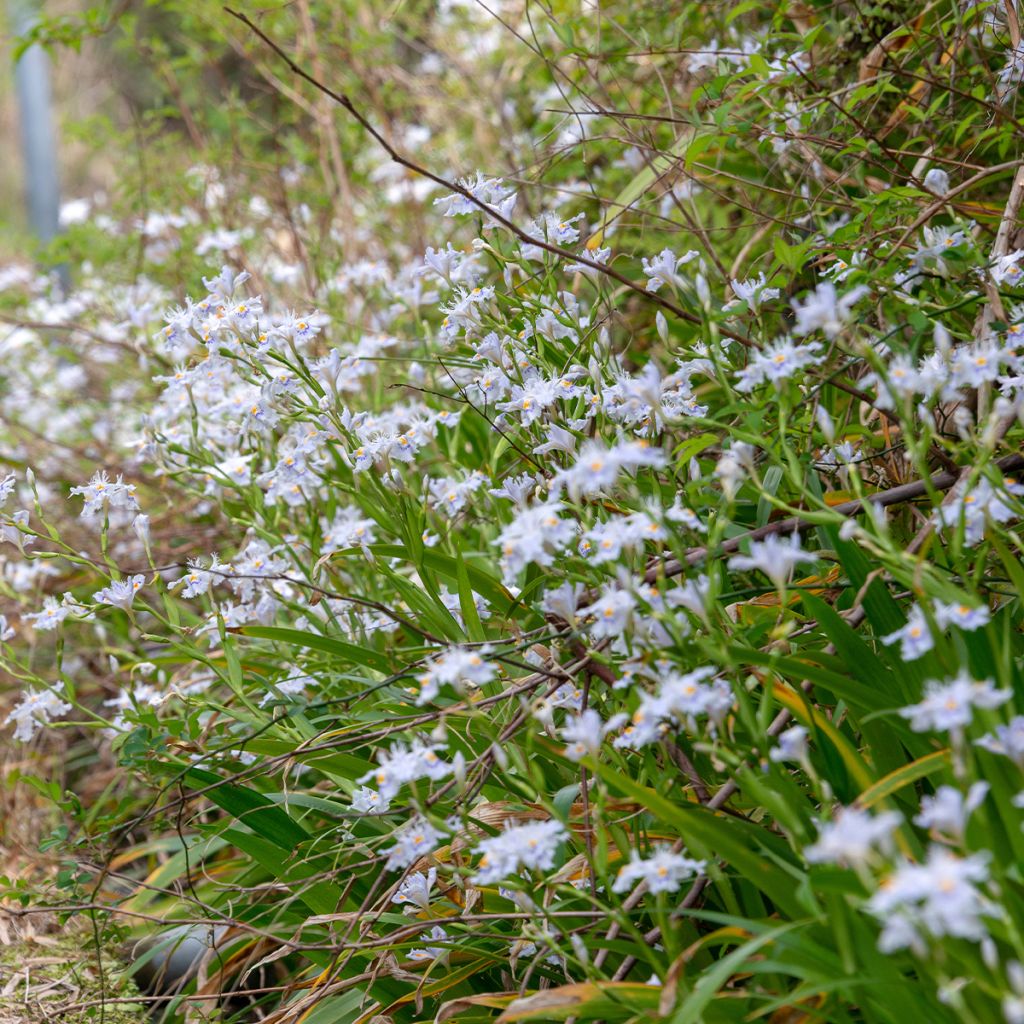

Iris japonica
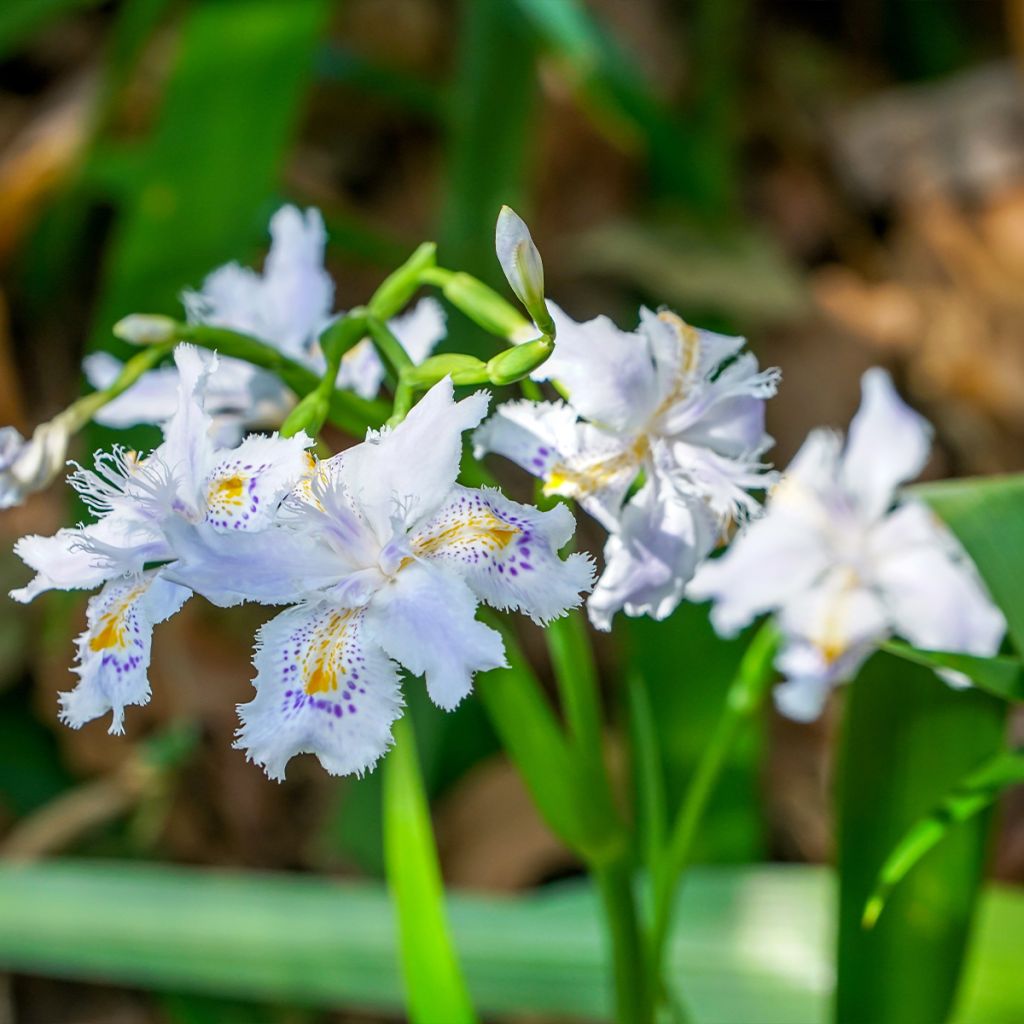

Iris japonica
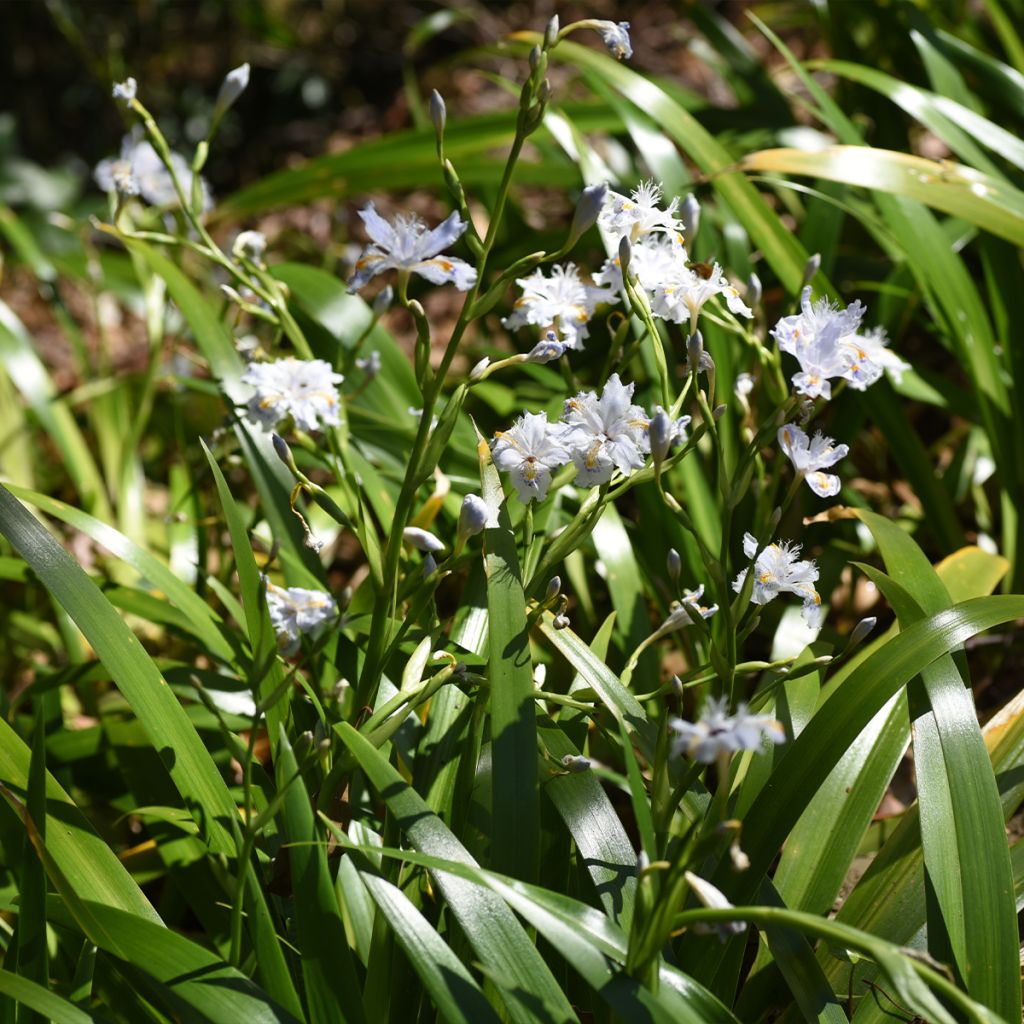

Iris japonica
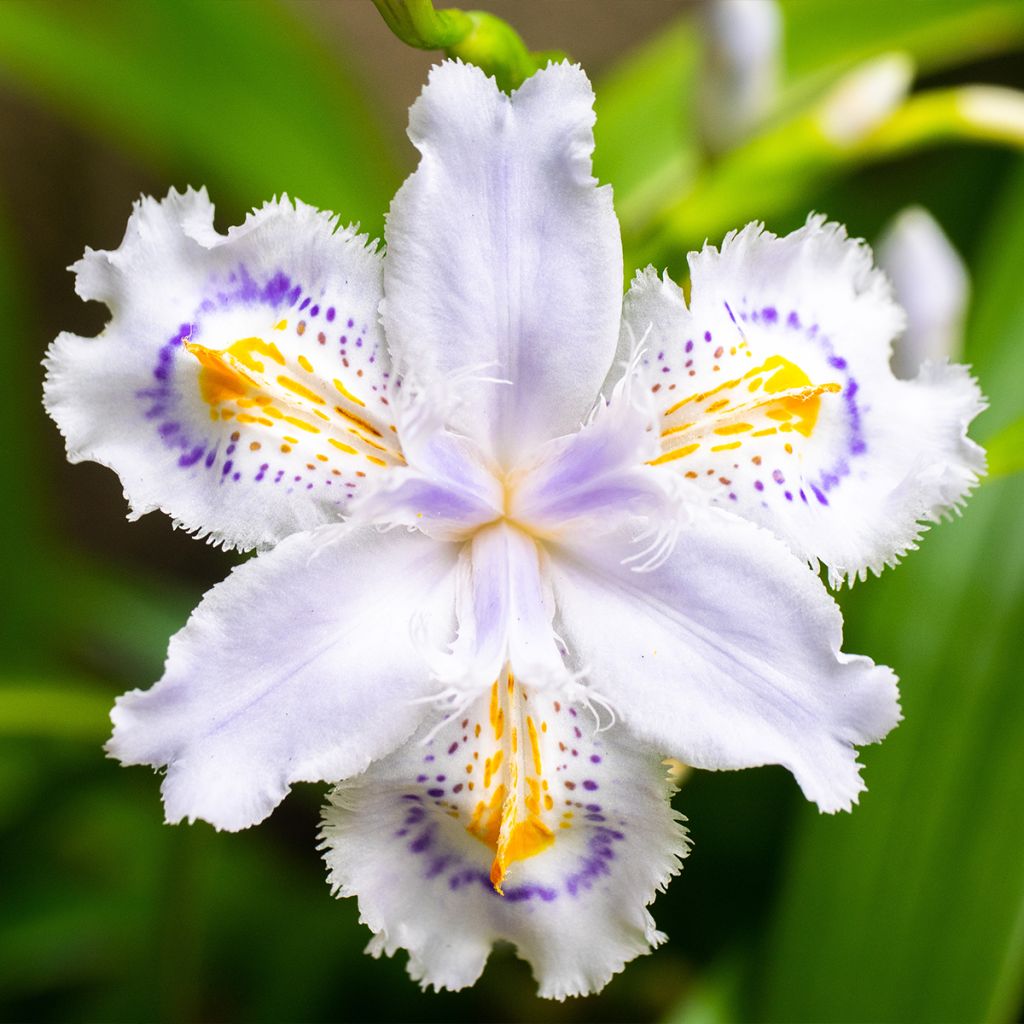

Iris japonica
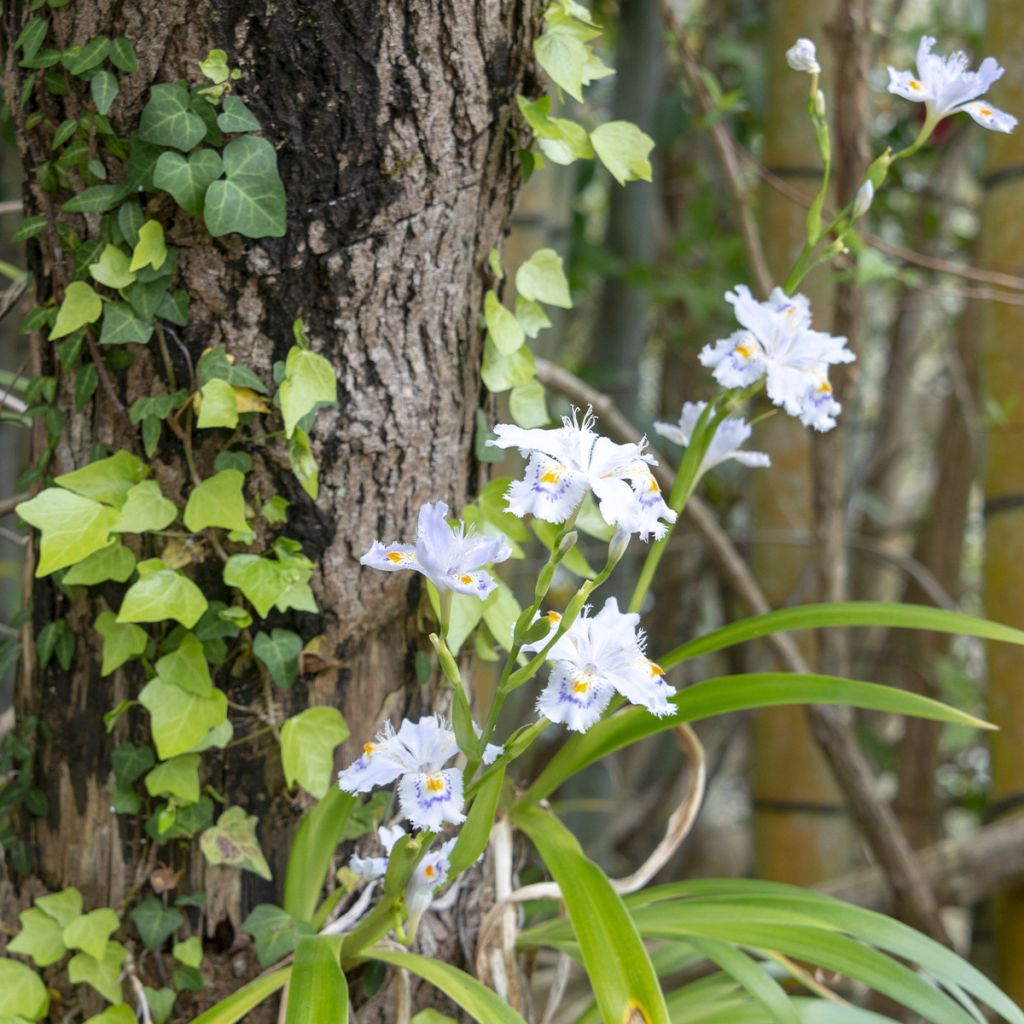

Iris japonica
Iris japonica
Iris japonica
Japanese Iris, Fringed Iris
Why not try an alternative variety in stock?
View all →This plant carries a 12 months recovery warranty
More information
We guarantee the quality of our plants for a full growing cycle, and will replace at our expense any plant that fails to recover under normal climatic and planting conditions.
From €5.90 for pickup delivery and €6.90 for home delivery
Express home delivery from €8.90.
From €5.90 for pickup delivery and €6.90 for home delivery
Express home delivery from €8.90.
Does this plant fit my garden?
Set up your Plantfit profile →
Description
Iris japonica, also known as the fringed iris, is also called Iris of Japan, although it has nothing to do with Japanese Iris (or kaempferi). It is a vigorous Asian species that spreads through rhizomes in semi-shaded areas. Its beautiful glossy, light green and vibrant foliage is decorative in winter and adorned in spring with small fringed, bluish-white flowers enhanced with gold, carried on graceful floral stems. Fringed iris easily establishes itself in a light understory, even if dry in summer, in regions which are not too cold.
Iris japonica belongs to the family of Iridaceae, like all iris, and to the section of irises without beards. It is a botanical species native to China and Japan, where it colonizes rocky and grassy slopes and clear forests. The original form is Chinese, but a sterile form that does not produce seeds has been grown in Japan for a long time. Fringed iris can withstand temperatures as low as -12°C once established. It appreciates humus in the soil, and moisture in spring, but endures very dry summers quite well.
It is a perennial, evergreen plant which forms a clump of long, flexible, sword-shaped leaves arranged in a fan shape. The clump measures between 50 and 60 cm (20 and 24in) high when flowering, 30-40 cm (12-16in) for the foliage. After a period of establishment, this iris spreads through long and thin rhizomes, which are very shallowly buried and can be easily removed to reduce their spread. They slip between rocks and under slabs and insinuate themselves among other plants. They flower from mid-March to June, depending on the climate. Late frosts can compromise this flowering. The green floral stems are thin and more or less branched. The flowers, are about 4 cm (2in) in diameter and consist of 6 spatulate tepals: 3 fringed white sepals spotted with violet-blue and gold, and 3 shorter and bluer petals. These flowers are solitary or grouped at the end of the floral stem.
Fringed iris prefers shade and does not flower well in full sun. A permanent ground cover, attractive even in winter, in spring its delicate pastel flowers brighten shaded rock gardens, walls exposed to the northeast, or the base of hedges. In a dry understory, it can be associated with butcher's broom, greater periwinkle, or bigroot geranium. In slightly moister soil, it can be accompanied by less demanding ferns, bergenias, or nodosum geraniums.
Report an error about the product description
Iris japonica in pictures
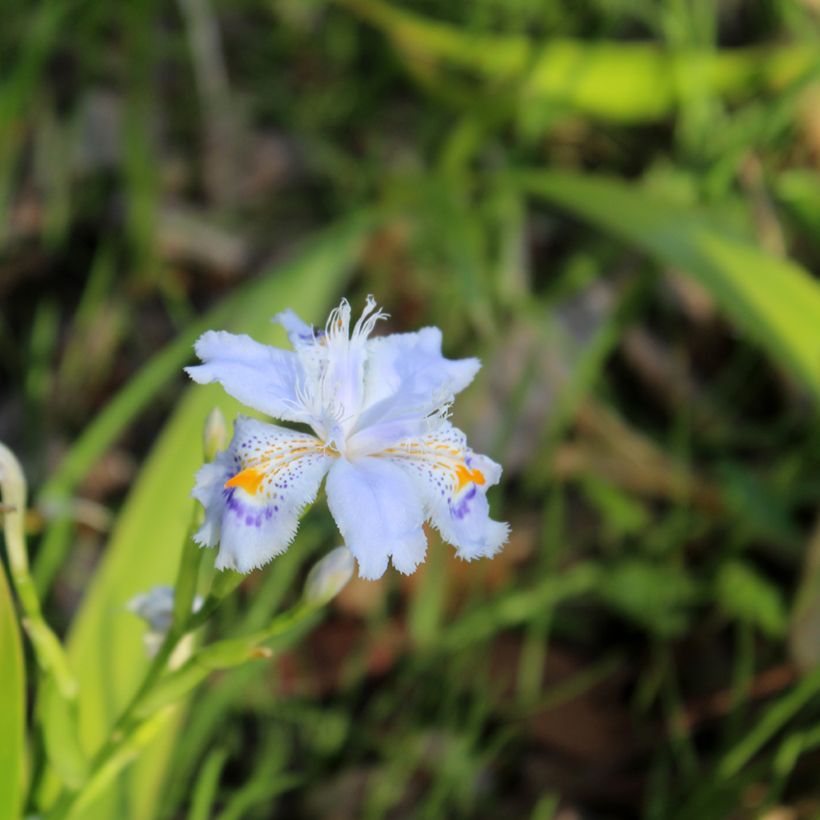

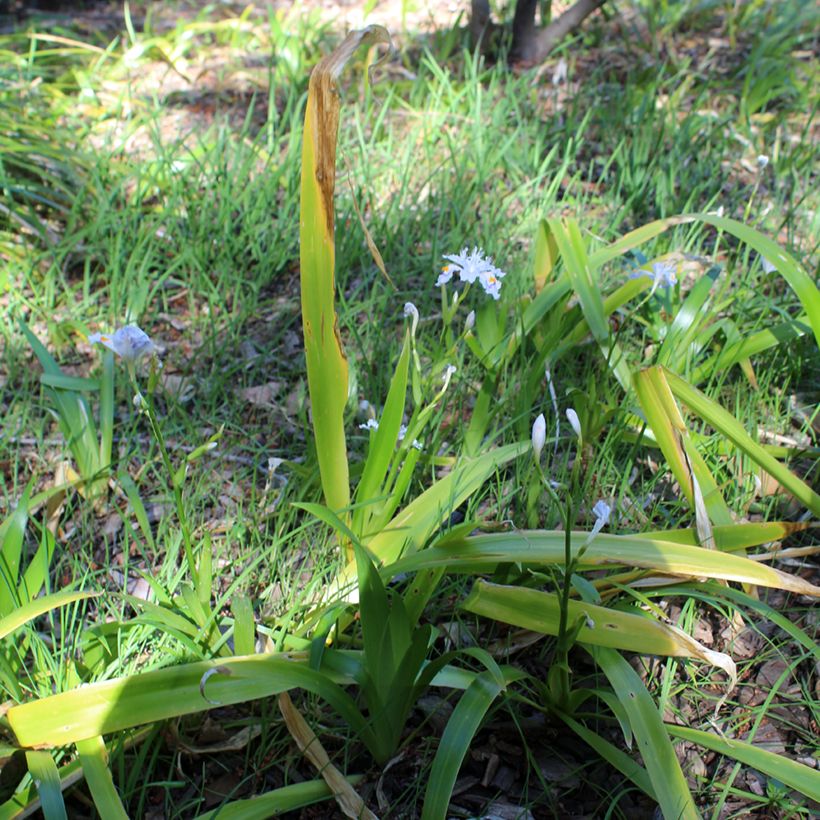

Flowering
Foliage
Plant habit
Botanical data
Iris
japonica
Iridaceae
Japanese Iris, Fringed Iris
Southeast Asia
Other Iris A to Z
Planting and care
Iris japonica is easy to grow and once established, its growth is rapid. It thrives in humus-rich soils, even if they are shallow and it doesn't matter whether the subsoil is chalky or acidic. Plant in partial shade as it doesn't tolerate very sunny exposures where it will struggle to flower. It will grow in normal to moist soil, even wet, but it can withstand summer drought once established.
This iris can suffer from frost below -10 °C (its foliage will be heavily damaged), but the plant regrows from the rhizome in spring. Late spring frosts can damage flowering: consider placing it in a slightly sheltered location, protected by a hedge, along a wall or under trees.
In slightly colder regions, plant it in spring after the last frosts. In more southern regions, plant it in September-October so that it can benefit from autumn rain and a relatively mild winter to establish itself.
To limit its spread, simply pull up unwanted clumps.
Planting period
Intended location
Care
-
, onOrder confirmed
Reply from on Promesse de fleurs
Spring flowering perennials
Haven't found what you were looking for?
Hardiness is the lowest winter temperature a plant can endure without suffering serious damage or even dying. However, hardiness is affected by location (a sheltered area, such as a patio), protection (winter cover) and soil type (hardiness is improved by well-drained soil).

Photo Sharing Terms & Conditions
In order to encourage gardeners to interact and share their experiences, Promesse de fleurs offers various media enabling content to be uploaded onto its Site - in particular via the ‘Photo sharing’ module.
The User agrees to refrain from:
- Posting any content that is illegal, prejudicial, insulting, racist, inciteful to hatred, revisionist, contrary to public decency, that infringes on privacy or on the privacy rights of third parties, in particular the publicity rights of persons and goods, intellectual property rights, or the right to privacy.
- Submitting content on behalf of a third party;
- Impersonate the identity of a third party and/or publish any personal information about a third party;
In general, the User undertakes to refrain from any unethical behaviour.
All Content (in particular text, comments, files, images, photos, videos, creative works, etc.), which may be subject to property or intellectual property rights, image or other private rights, shall remain the property of the User, subject to the limited rights granted by the terms of the licence granted by Promesse de fleurs as stated below. Users are at liberty to publish or not to publish such Content on the Site, notably via the ‘Photo Sharing’ facility, and accept that this Content shall be made public and freely accessible, notably on the Internet.
Users further acknowledge, undertake to have ,and guarantee that they hold all necessary rights and permissions to publish such material on the Site, in particular with regard to the legislation in force pertaining to any privacy, property, intellectual property, image, or contractual rights, or rights of any other nature. By publishing such Content on the Site, Users acknowledge accepting full liability as publishers of the Content within the meaning of the law, and grant Promesse de fleurs, free of charge, an inclusive, worldwide licence for the said Content for the entire duration of its publication, including all reproduction, representation, up/downloading, displaying, performing, transmission, and storage rights.
Users also grant permission for their name to be linked to the Content and accept that this link may not always be made available.
By engaging in posting material, Users consent to their Content becoming automatically accessible on the Internet, in particular on other sites and/or blogs and/or web pages of the Promesse de fleurs site, including in particular social pages and the Promesse de fleurs catalogue.
Users may secure the removal of entrusted content free of charge by issuing a simple request via our contact form.
The flowering period indicated on our website applies to countries and regions located in USDA zone 8 (France, the United Kingdom, Ireland, the Netherlands, etc.)
It will vary according to where you live:
- In zones 9 to 10 (Italy, Spain, Greece, etc.), flowering will occur about 2 to 4 weeks earlier.
- In zones 6 to 7 (Germany, Poland, Slovenia, and lower mountainous regions), flowering will be delayed by 2 to 3 weeks.
- In zone 5 (Central Europe, Scandinavia), blooming will be delayed by 3 to 5 weeks.
In temperate climates, pruning of spring-flowering shrubs (forsythia, spireas, etc.) should be done just after flowering.
Pruning of summer-flowering shrubs (Indian Lilac, Perovskia, etc.) can be done in winter or spring.
In cold regions as well as with frost-sensitive plants, avoid pruning too early when severe frosts may still occur.
The planting period indicated on our website applies to countries and regions located in USDA zone 8 (France, United Kingdom, Ireland, Netherlands).
It will vary according to where you live:
- In Mediterranean zones (Marseille, Madrid, Milan, etc.), autumn and winter are the best planting periods.
- In continental zones (Strasbourg, Munich, Vienna, etc.), delay planting by 2 to 3 weeks in spring and bring it forward by 2 to 4 weeks in autumn.
- In mountainous regions (the Alps, Pyrenees, Carpathians, etc.), it is best to plant in late spring (May-June) or late summer (August-September).
The harvesting period indicated on our website applies to countries and regions in USDA zone 8 (France, England, Ireland, the Netherlands).
In colder areas (Scandinavia, Poland, Austria...) fruit and vegetable harvests are likely to be delayed by 3-4 weeks.
In warmer areas (Italy, Spain, Greece, etc.), harvesting will probably take place earlier, depending on weather conditions.
The sowing periods indicated on our website apply to countries and regions within USDA Zone 8 (France, UK, Ireland, Netherlands).
In colder areas (Scandinavia, Poland, Austria...), delay any outdoor sowing by 3-4 weeks, or sow under glass.
In warmer climes (Italy, Spain, Greece, etc.), bring outdoor sowing forward by a few weeks.

































